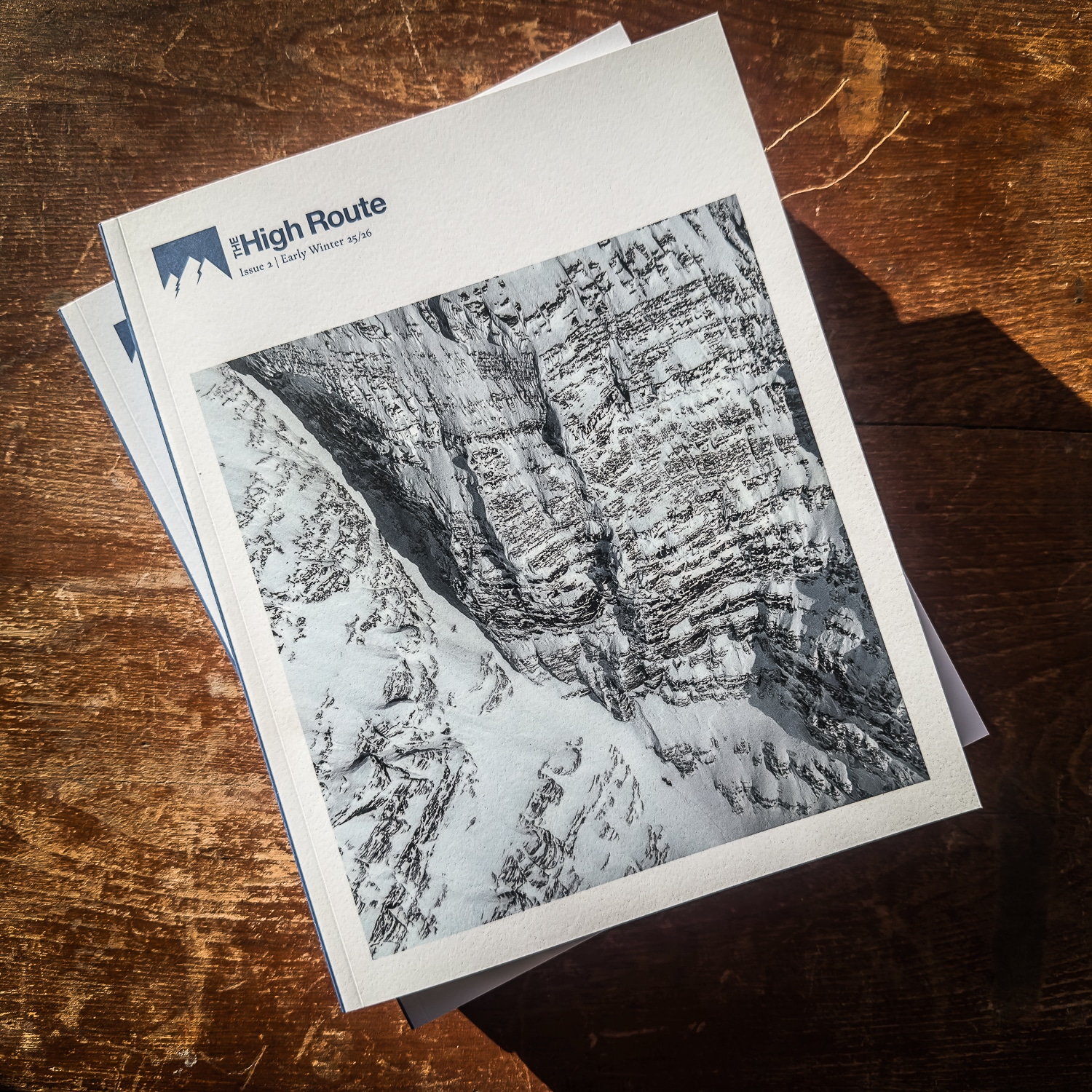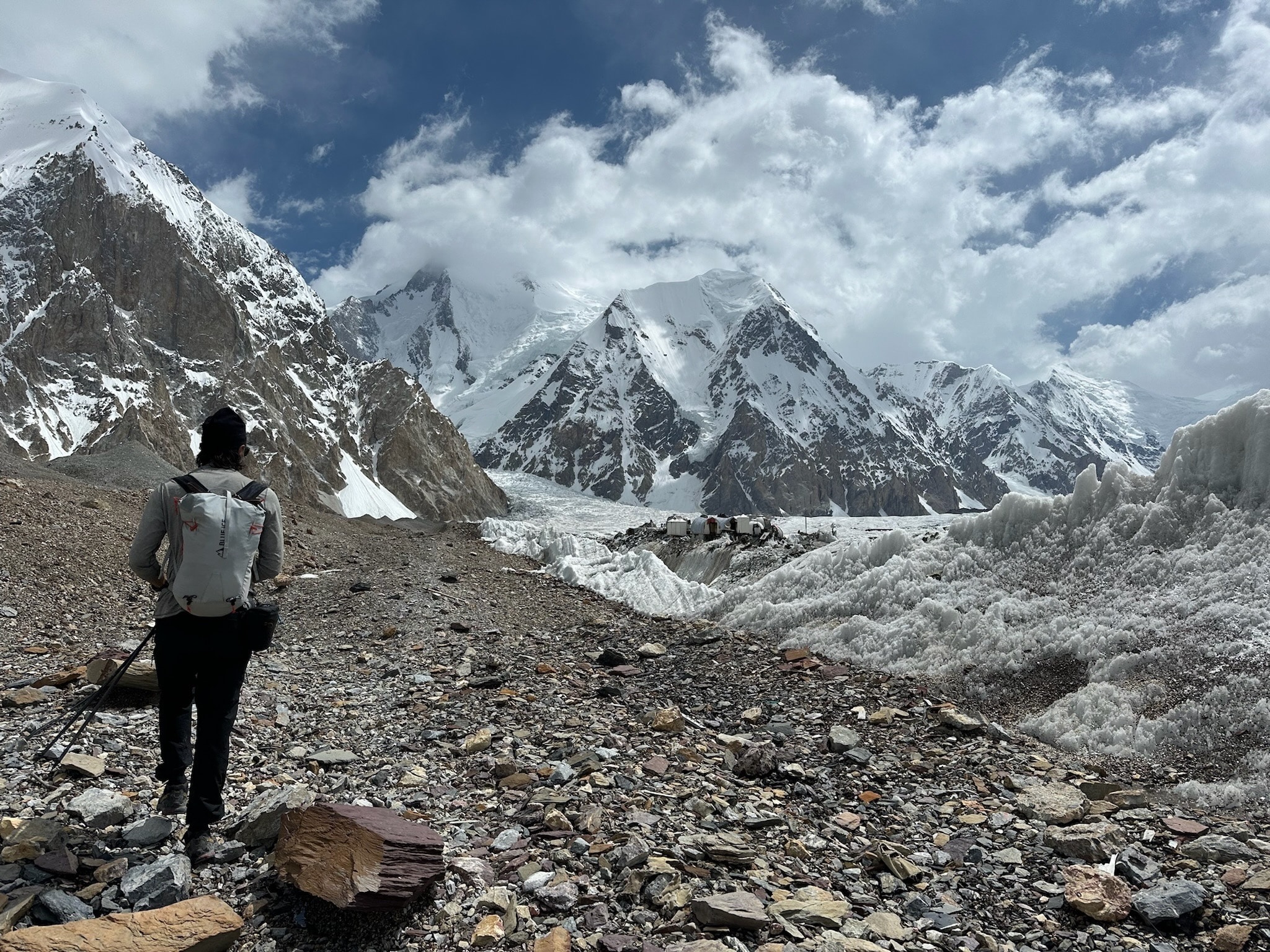This year, avalanche accidents in Oregon, Idaho, Montana, and Utah have highlighted the reality that avalanche rescue doesn’t end when the skier is located and extracted. In each of these cases, CPR was required, and in the Oregon and Montana cases, trauma care was needed as well. While dissecting accident reports can be informative and can help us to understand the circumstances and decisions that can get us into trouble, they’re also useful as a sounding board for our own preparation. Do we know what to do after digging out our partner? Do we know how to perform good CPR or deliver basic high-yield trauma care? If we have these skills, are we confident that we would be able to access and apply them during moments of critical stress?
Collectively, we’ve come a long way from the days of the avalanche cord as a risk mitigator. The field of avalanche science has shifted its education attention from shear stresses, fracture planes, and crystal types to an emphasis on terrain choice, decision making, heuristic traps, and group dynamics. Technology has followed suit, producing user-friendly beacons and airbag backpacks. Pivoting to focus on the factors that truly improve human survival in avalanche terrain has, on the whole, been a highly successful endeavor, with annual avalanche fatalities remaining essentially level as backcountry ridership has exploded. Lack of medical knowledge remains a gaping hole in avalanche education and may represent the next chance to improve survival after an avalanche.
Think back to the last avalanche rescue course that you attended. The rescue practice probably culminated with a simulated multiple-burial scenario, and you responded with your group to locate, probe, and excavate multiple buried “victims.” Pulling those backpacks to the surface one-by-one you might have learned some valuable lessons about managing multiple signals, working as a team, digging strategically, and summoning additional resources. Ultimately, all backpacks on the surface, you turn off the beacons, high-five, and head for the debrief. But why does the scenario stop there? If this was a real avalanche, these backpacks would be real people who were possibly not breathing, without a pulse, hypothermic, or suffering significant injuries.






Leave a Reply
You must be logged in to post a comment.